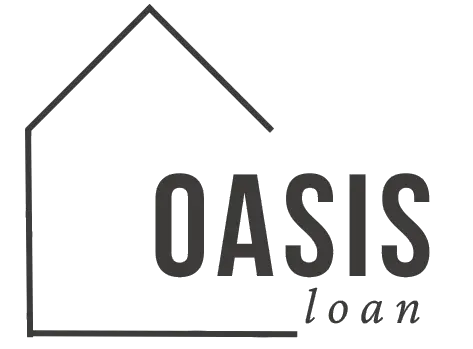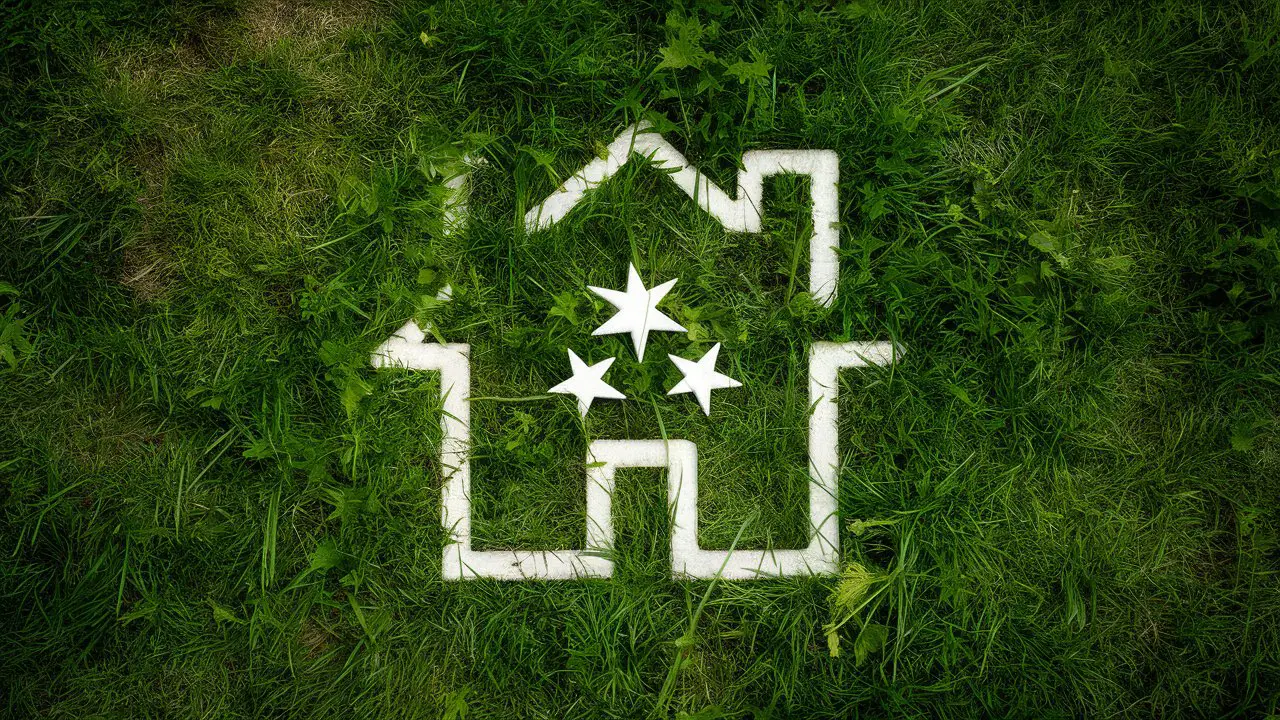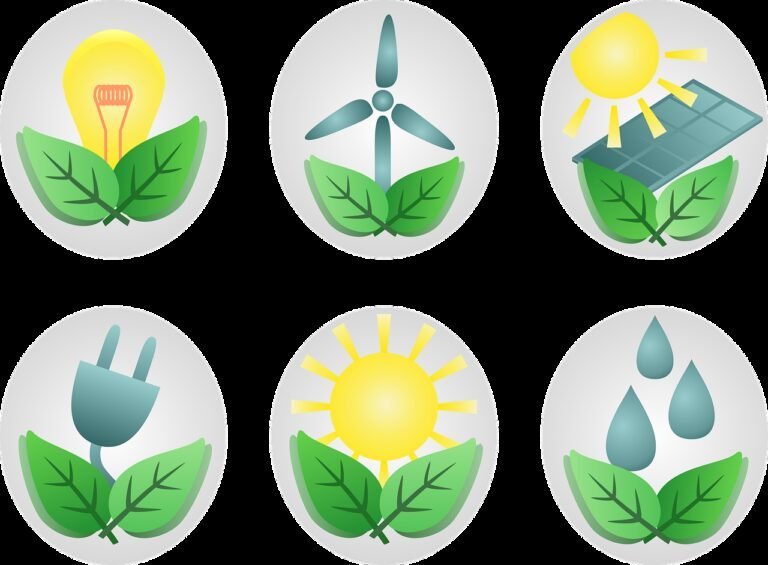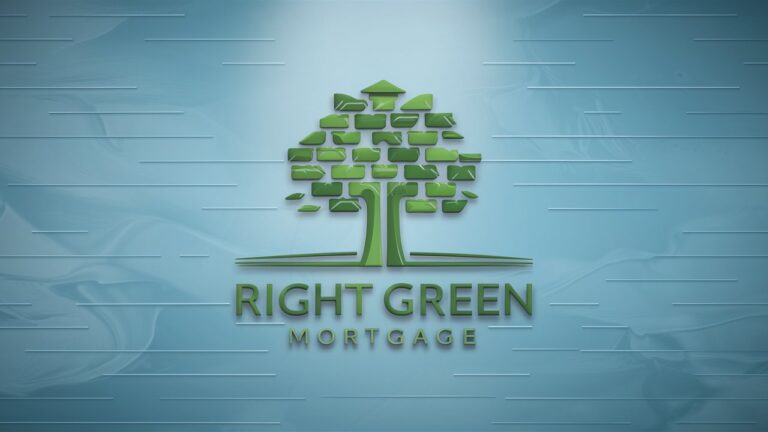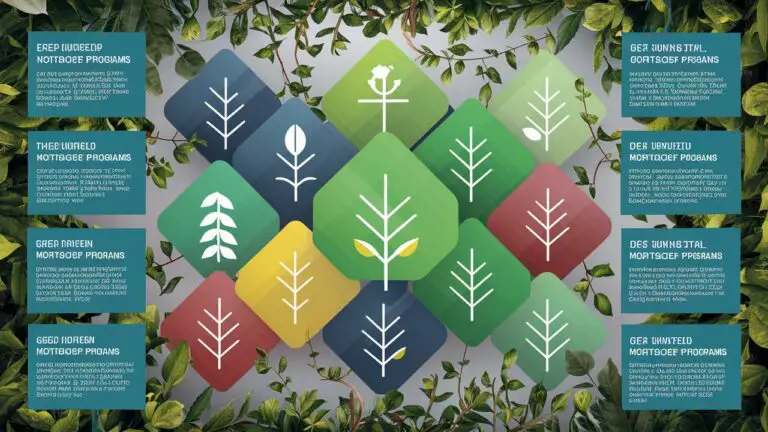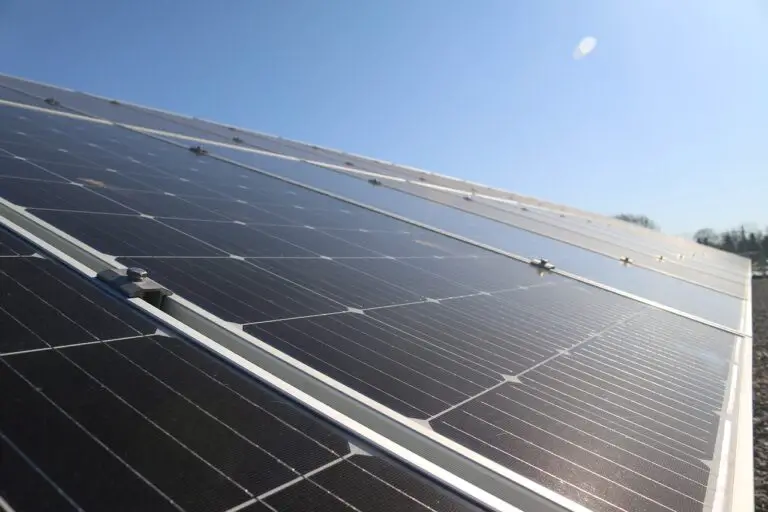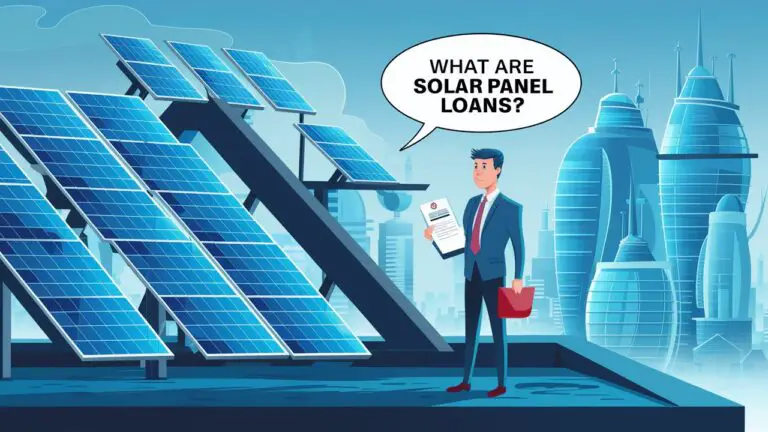FHA Energy-Efficient Mortgages: A Pathway to Affordable Green Home Improvements
When considering energy-efficient upgrades, financing is often a significant hurdle. Fortunately, the Federal Housing Administration (FHA) offers Energy-Efficient Mortgages (EEMs), designed to help homeowners finance eco-friendly renovations, including loans for solar panels and other green improvements. This article explores the ins and outs of FHA Energy-Efficient Mortgages, providing insight into how they can make green home improvements more accessible.
What is an FHA Energy-Efficient Mortgage?
FHA Energy-Efficient Mortgages (EEMs) are specialized loans that allow homeowners to finance energy-saving improvements. These improvements can include anything from installing solar panels to upgrading insulation. With rising energy costs, EEMs are a practical solution for homeowners looking to reduce their carbon footprint while increasing their property’s value.
- How EEMs Work
FHA EEMs enable borrowers to add energy-efficient improvements to their mortgage without needing a larger down payment. Lenders calculate the cost of improvements into the loan, allowing the borrower to finance the upgrades over time. This process eliminates the need for separate financing, making green home improvement loans more accessible. - Eligibility Criteria
Like other FHA loans, EEMs have specific eligibility requirements. Borrowers must meet FHA credit standards, including a minimum credit score and debt-to-income ratio. The property must also meet certain criteria, such as being a primary residence. Importantly, the improvements must be cost-effective, meaning the savings generated should outweigh the investment. - Energy Audit Requirement
To qualify for an EEM, an energy audit is mandatory. This audit evaluates the home’s current energy efficiency and recommends improvements. The audit results help lenders determine which upgrades qualify for financing. Transitioning to energy-efficient solutions like loans for solar panels requires a clear understanding of potential savings.
Benefits of FHA Energy-Efficient Mortgages
The advantages of using an FHA EEM are numerous. These mortgages not only provide financial relief but also contribute to long-term energy savings.
- Lower Utility Bills
Energy-efficient improvements reduce energy consumption, leading to lower utility bills. Whether through better insulation or solar panels, these upgrades result in substantial cost savings over time. By integrating these improvements into your mortgage, you benefit from immediate energy savings without the burden of upfront costs. - Increased Property Value
Homes with energy-efficient features often sell at a premium. Buyers recognize the long-term value of reduced energy costs and are willing to pay more for homes with green improvements. An EEM can enhance your home’s market appeal and increase its resale value. - Environmental Impact
Using an EEM to finance green home improvements aligns with environmental goals. Reducing energy consumption helps lower your carbon footprint, contributing to a more sustainable future. Whether it’s installing energy-efficient windows or investing in solar panels, every upgrade makes a difference.
Types of Improvements Covered by FHA Energy-Efficient Mortgages
FHA EEMs cover a wide range of energy-efficient improvements, from simple upgrades to comprehensive overhauls. This flexibility makes them an attractive option for homeowners seeking various green home improvement loans.
- Solar Panels and Renewable Energy Systems
One of the most popular uses of EEMs is financing loans for solar panels. Solar energy is a clean, renewable resource that significantly reduces electricity bills. Homeowners can use an EEM to cover the installation costs, making solar energy more accessible. - Insulation and Weatherization
Insulation is another key improvement that can be financed through an EEM. Proper insulation keeps homes warmer in winter and cooler in summer, reducing the need for heating and cooling systems. This leads to lower energy usage and cost savings. - Energy-Efficient Windows and Doors
Replacing old windows and doors with energy-efficient alternatives can dramatically reduce energy loss. These improvements prevent drafts and help maintain a consistent indoor temperature. By financing these upgrades through an EEM, homeowners can enhance their home’s energy efficiency without straining their budget. - Heating and Cooling Systems
Upgrading to energy-efficient heating and cooling systems is another way to utilize an EEM. Modern systems use less energy, reducing your carbon footprint and lowering utility bills. This upgrade is particularly beneficial in regions with extreme weather conditions.
Steps to Obtain an FHA Energy-Efficient Mortgage
Securing an FHA EEM involves several steps, from assessing your eligibility to completing the necessary improvements. The process is straightforward but requires careful planning.
- Pre-Approval and Energy Audit
The first step in obtaining an EEM is getting pre-approved for an FHA loan. Once pre-approved, you must schedule an energy audit to determine the cost and benefits of proposed improvements. This audit is crucial, as it identifies the most cost-effective upgrades. - Loan Application and Approval
After completing the energy audit, you’ll need to submit your loan application. The lender will review your financial status, the audit results, and the proposed improvements. If approved, the EEM funds will be included in your mortgage, allowing you to finance the upgrades. - Implementing Improvements
Once your loan is approved, you can begin implementing the energy-efficient upgrades. It’s essential to work with reputable contractors to ensure that the improvements meet the expected standards. The lender may require a follow-up inspection to confirm that the upgrades are completed as planned. - Long-Term Savings and Maintenance
After the improvements are completed, you can enjoy the benefits of lower energy bills and increased property value. Regular maintenance of energy-efficient systems, such as solar panels, ensures that you continue to save money in the long run.
Comparing FHA EEMs with Other Green Home Improvement Loans
While FHA EEMs offer numerous benefits, it’s essential to compare them with other financing options. Understanding the differences can help you choose the best loan for your needs.
- Conventional Loans vs. FHA EEMs
Conventional loans often require higher credit scores and larger down payments compared to FHA EEMs. While they may offer competitive interest rates, they typically do not include provisions for energy-efficient improvements. FHA EEMs, on the other hand, specifically cater to green home improvements, making them more suitable for eco-conscious homeowners. - PACE Loans vs. FHA EEMs
Property Assessed Clean Energy (PACE) loans are another option for financing energy-efficient improvements. Unlike FHA EEMs, PACE loans are repaid through property taxes, which can be beneficial but also risky. If you sell your home, the loan stays with the property, which may deter potential buyers. FHA EEMs are part of your mortgage, making them a more flexible option. - Personal Loans vs. FHA EEMs
Personal loans can be used for any purpose, including home improvements. However, they often come with higher interest rates and shorter repayment terms than FHA EEMs. While personal loans offer flexibility, they may not be the most cost-effective choice for large-scale energy-efficient projects.
Conclusion: The Future of Energy-Efficient Financing
FHA Energy-Efficient Mortgages offer a unique opportunity to finance green home improvements, from loans for solar panels to insulation upgrades. These loans provide an accessible pathway for homeowners to reduce their environmental impact while saving money. With the growing focus on sustainability, FHA EEMs are poised to play a crucial role in the future of eco-friendly housing.
